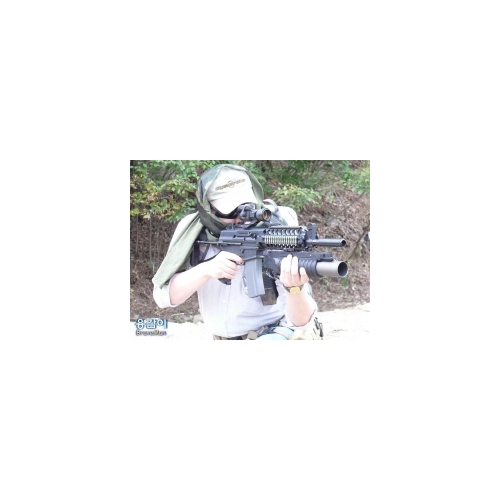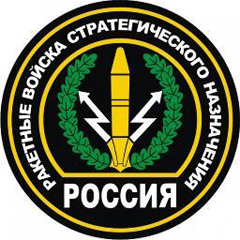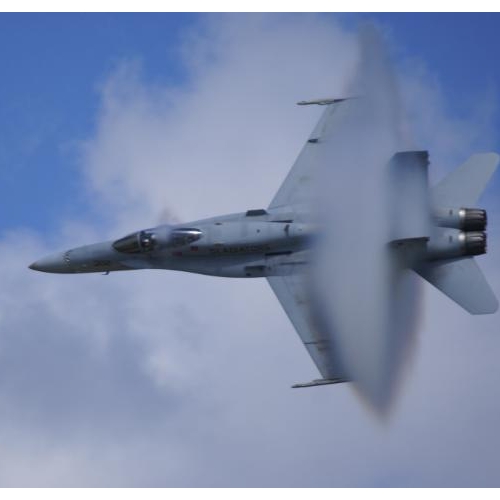중국, 엔진 독립을 위한 눈물의 여정(?)
지난 주 StrategyWorld DLS 에 올라온 내용입니다. 수년전부터 중국의 엔진독립. 전투기 엔진독립 관련 다양한 내용들이 있어왔던 바,
지난 주 봤던 기사가 떠올라 소개합니다.
기사 전문에 강조 표시들은 임의로 한 것 입니다...그리고 발제 제목은 뭐 딱히 적절한게 생각나지 않아 그냥 제목을 달았습니다.
(엔진독립...이러니 십수년전 콜라독립을 외치던 친구가 생각이 나는군요^^)
Chinese Engines Travel A Trail Of Tears
by James Dunnigan
October 7, 2014
China continues to have problems with its locally produced military jet engines. The biggest problems are with the WS-10 series, which was designed and produced in China and the government has been pressuring the aircraft manufacturers to use Chinese made engines like this instead of Russian imports. This has not been working out as the government wants. For example, the new Chinese carrier fighter, the J-15, is supposed to have a more powerful Chinese made engine so that it can carry more weight using the ski jump deck on the new Chinese carrier. The ski jump is a cheaper and less complex take off alternative to the steam catapult. One disadvantage of the ski jump deck is that it cannot launch aircraft as heavy as a catapult can. China has developed a more powerful version of their WS-10 engine (the WS-10H) for the J-15 but has only been seen in two J-15s. Most J-15s are still using Russian AL-31Fs. China keeps details of its WS-10 development secret, but they cannot hide which of their aircraft are using the WS-10 and which the Russian made AL-31s that the WS-10 is based on and is supposed to replace. It is obvious that not a lot of WS-10s are being installed and that indicates the quality control and reliability problems of the WS-10 persist despite government denials.
The first WS-10s began showing up in J-11s back in 2004. In 2010 China revealed that it was replacing the Russian engines in its J-10 fighter, installing Chinese made WS-10A in place of the Russian made AL-31FN. Shortly after that announcement China ordered another 123 AL-31FNs, to be delivered by 2012. More AL-31s have been ordered but at the same time more Chinese fighters were being seen with WS-10s. Despite that the demand for AL-31s, based on the number of modern jet fighters China wants to build, is exceeding the Russian engine building capacity.
The Chinese claim the WS-10A is superior to the AL-31F, even though the WS-10A copied a lot of the Russian technology. The Chinese say they have improved on that. For example, as delivered from Russia, the original AL-31 was good for 900 hours of operation. The Chinese claim their engineers figured out how to tweak the design of the engine so that it would last for 1,500 hours. Russia has since improved their basic AL-31 lifetime to 1,500 hours, and, most recently, 2,000 hours. When pressed, the Chinese claim that they simply cannot produce enough WS-10As for all the new airframes they are building. But the reality is that the WS-10As have some serious, unpredictable and persistent reliability problems that limit the number of reliable (enough for regular use) engines available.
Back in 2011 China believed it would be free from dependence on Russia for military jet engines by 2016, which implied that Chinese engine manufacturers still had a way to go. Now the most any Chinese will admit to is that there will be no need for Russian engines by the end of the decade, maybe. Meanwhile China continues to import AL-31s and the RD-93 (a version of the MiG-29's RD-33) for the JF-17 (an F-16 type aircraft developed in cooperation with Pakistan) from Russia. These engines are expensive, with the RD-33 going for about $3 million each and the AL-31 for about a third more.
Since the 1990s Chinese engineers have managed to master the manufacturing techniques needed to make a Chinese copy of the Russian AL-31 engine. This is part of a program that has also developed the WS-13, to replace the RD-93 as well. While the Chinese have been able to build engines that are durable, they are still having problems with reliability. Apparently it is still worth buying more Russian engines because the Chinese models are out of action too often, which keeps the jets grounded for repairs or, worst of all, an engine change.
China has long copied foreign technology, not always successfully. But since the 1990s China has poured much money into developing a jet engine manufacturing capability. The Chinese encountered many of the same problems the Russians did in the beginning. Developing the necessary engine design and construction skills is difficult. But China has several advantages. First, they knew of the mistakes the Russians had made, and so were able to avoid many of them. Then there was the fact that China had better access to Western manufacturing technology (both legally and illegally). Finally, China was, unlike the Soviets, able to develop their engine manufacturing capabilities in a market economy. This was much more efficient than the command economy that the Soviets were saddled with for seven decades. The Chinese consider all this part of the learning process and they do learn from their mistakes.
Meanwhile the Chinese can build more Su-27 clones than they can reliable engines for them, and they keep developing more Su-27 variants. The Chinese J-11 jet fighter is an illegal Chinese copy of the Russian Su-27. It all began legally in 1995, when China paid $2.5 billion for the right to build 200 Su-27s. Russia would supply engines and electronics, with China building the other components according to Russian plans and specifications. But after 95 of the Chinese built aircraft were built Russia cancelled the agreement. Russia claimed that China was using the knowledge acquired with this Su-27 program to build their own copy of the Su-27, the J-11. The Chinese claimed that the J-11 was designed and built using only Chinese technology. China also has a stealthy version (J-17) of the Su-27. There is also an aircraft carrier version of the Su-30 (the Su-33, obtained from Ukraine) that is now in service as the J-15. In 2013 J-16s were spotted. This is a two-seat fighter-bomber similar to the American F-15E and nearly identical to the Russian Su-30MKK. China insists these are all Chinese designs that just happen to bear some resemblance to Russian fighters.
© 1998 - 2014 StrategyWorld.com. All rights Reserved.


러시아의 기술발달 속도가 빠르긴 합니다. 중국은 아직 고바이패스 엔진의 개발에선 애를 먹고 있는듯 합니다.

su-35에 들어가는 117s 엔진은 mtbo 1000/1500시간에 총 수명은 4000시간으로 증가하였습니다.




